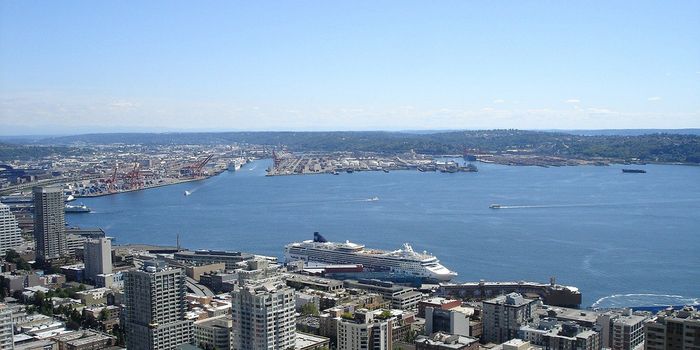Can there be racism in terms of environmental pollution and other hazards? It's a concern that is often overlooked by environmentalists and social scientists alike. The most recent example cited by environmentalists is the problem in Flint Michigan with contaminated water. Most homes affected by the highly toxic lead-filled water were in poor or heavily black neighborhoods. Traditionally, residents in these areas are not heard when they bring concerns over health, education and welfare to the media or governmental officials. Many families in Flint had been talking about the water and their health, but their complaints were not not taken seriously until a doctor spoke out and that doctor was herself originally criticized publicly when it was her results that broke the story.
In Harlem, the asthma rate is the highest in the nation, possibly as a result of factories that produce fumes, mold spores and other pollutants. Industrial facilities are often placed near poorer or minority areas because wealthier residents in other areas have the means and influence to fight back against manufacturing plants and other businesses that produce more greenhouse gas and pollutants. Cancer rates are higher in Louisiana near an 85 mile stretch of land that's come to be known as "Cancer Alley" where mostly low income and minority neighborhoods are built on top of landfills and near gas and oil refineries, two major causes of carcinogens being in the air. Industrial development doesn't exist in a bubble and experts are starting to look at whether or not this kind of development affects poorer people and minorities disproportionately.








